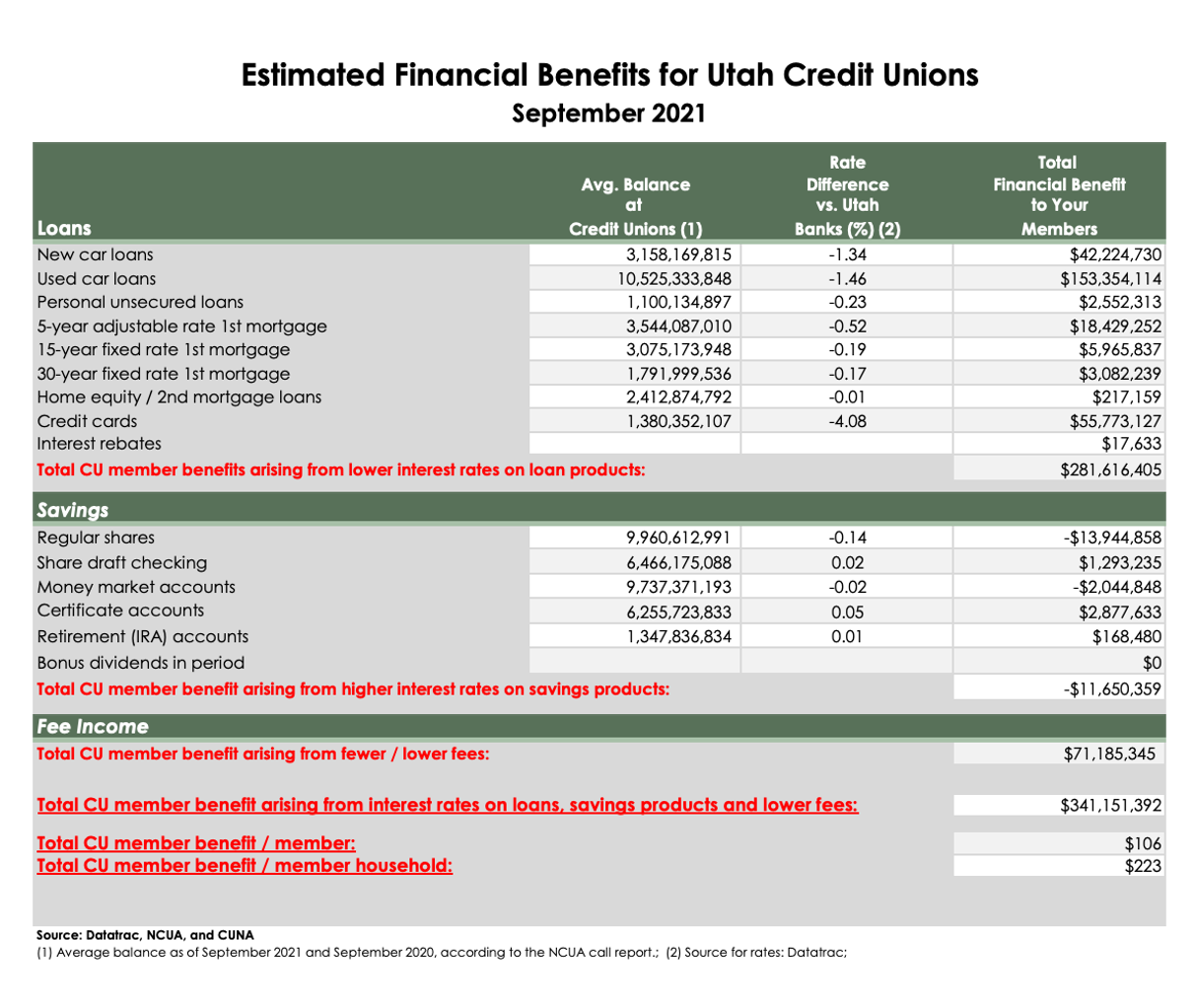Discover Top Credit Unions in Wyoming: Your Overview to Financial Providers
Discover Top Credit Unions in Wyoming: Your Overview to Financial Providers
Blog Article
The Ultimate Overview to Understanding Lending Institution

Lending institution stand as one-of-a-kind economic entities, rooted in concepts of shared assistance and member-driven procedures. Past their foundational worths, recognizing the elaborate workings of credit history unions involves a much deeper exploration. Deciphering the complexities of subscription qualification, the development of solutions used, and the unique benefits they bring calls for a detailed exam. As we navigate via the ins and outs of lending institution, an insightful journey awaits to clarify these member-focused establishments and just how they differ from conventional banks.
What Are Lending Institution?
Lending institution are member-owned banks that use a variety of financial services to their members. Unlike standard financial institutions, cooperative credit union run as not-for-profit organizations, implying their primary emphasis is on serving their members instead of optimizing profits. Participants of a cooperative credit union normally share a typical bond, such as benefiting the very same company, coming from the exact same area, or belonging to the same organization.
One of the vital advantages of credit report unions is that they typically provide higher rate of interest on interest-bearing accounts and lower rates of interest on loans compared to banks. Credit Union in Wyoming. This is since cooperative credit union are structured to profit their participants directly, allowing them to pass on their revenues in the type of far better prices and less charges. Furthermore, cooperative credit union are known for their personalized client service, as they focus on building connections with their participants to recognize their special financial needs and goals
Background and Evolution of Lending Institution
The roots of member-owned financial cooperatives, known today as credit rating unions, trace back to a time when communities looked for choices to standard banking establishments. The concept of debt unions stem in the 19th century in Europe, with Friedrich Wilhelm Raiffeisen often attributed as the leader of the participating financial motion. Raiffeisen started the first recognized cooperative credit union in Germany in the mid-1800s, emphasizing area support and self-help concepts.
The development of lending institution proceeded in North America, where Alphonse Desjardins established the first credit score union in Canada in 1900. Quickly after, in 1909, the first U.S. lending institution was formed in New Hampshire by a group of Franco-American immigrants. These early credit unions operated the basic principles of mutual help, democratic control, and member possession.
In time, credit score unions have actually grown in appeal worldwide as a result of their not-for-profit structure, focus on serving participants, and using affordable monetary product or services. Today, credit history unions play an essential role in the financial market, supplying community-oriented and available banking alternatives for individuals and businesses alike.

Subscription and Eligibility Criteria
Subscription at a credit report union is typically limited to individuals fulfilling specific eligibility standards based on the organization's beginning principles and regulatory demands. Some credit history unions might only offer individuals that live or function in a certain area, while Look At This others may be tailored to employees of a specific business or members of a certain organization.
In addition, cooperative credit union are structured as not-for-profit organizations, suggesting that their primary goal is to offer their participants rather than create earnings for shareholders. This focus on member solution frequently translates right into even more tailored interest, lower costs, and competitive rates of interest on savings and loans accounts. By satisfying the qualification requirements and ending up being a member of a credit report union, individuals can access a range of financial services and products tailored to their specific needs.
Solutions and Products Provided
One of the essential facets that sets credit unions apart is the varied range of financial solutions and products they offer to their members. Credit score unions commonly offer typical financial solutions such as financial savings and examining accounts, financings, and credit cards.
In addition, credit score unions commonly supply hassle-free online and mobile banking options for participants to conveniently manage their financial resources. They might provide perks such as common branching, permitting participants to access their accounts at various other cooperative credit union throughout the nation. Some credit unions likewise provide insurance coverage items like home, vehicle, and life insurance coverage to assist participants secure their assets and liked ones.

Benefits of Financial With Credit Report Unions
When taking into consideration financial organizations, checking out the benefits of banking with cooperative credit union exposes one-of-a-kind advantages for members seeking personalized solution and competitive prices. One substantial benefit of cooperative credit union is their concentrate on tailored customer solution. Unlike huge banks, cooperative credit union are member-owned and focus on structure solid relationships with their members. This means that this post lending institution staff usually have a deeper understanding of their members' financial demands and can provide customized options to aid them accomplish their objectives. In addition, credit score unions are recognized for using affordable rates of interest on lendings and financial savings accounts. Since they are not-for-profit companies, cooperative credit union can often provide lower loan rates, greater cost savings rates, and lower charges compared to conventional financial institutions. This can cause significant cost savings for participants gradually. Generally, banking Extra resources with a credit history union can give a more individualized, cost-efficient, and member-centric financial experience.
Final Thought
In final thought, credit unions stand out as member-owned monetary organizations that focus on serving their participants over maximizing revenues. With origins dating back to 19th century Europe, credit history unions follow principles of mutual aid and member possession.
Debt unions are member-owned financial establishments that offer a variety of banking services to their participants. The idea of debt unions stem in the 19th century in Europe, with Friedrich Wilhelm Raiffeisen frequently attributed as the leader of the cooperative financial motion.The development of credit history unions proceeded in North America, where Alphonse Desjardins established the initial credit scores union in Canada in 1900. Credit rating unions typically offer traditional financial solutions such as cost savings and inspecting accounts, lendings, and credit rating cards.When considering monetary establishments, discovering the benefits of financial with credit history unions discloses unique benefits for participants looking for individualized service and affordable rates.
Report this page